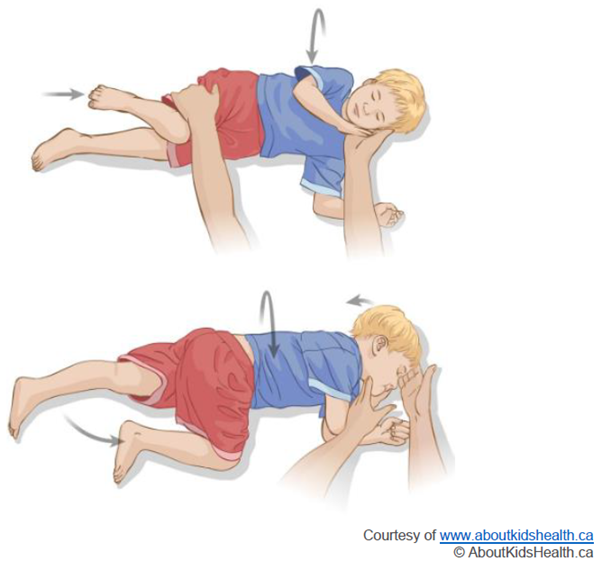What are febrile convulsions?
A febrile convulsion is a fit or a seizure that is caused by a high temperature. It is not known exactly why some children have febrile convulsions. Children are often brought to the Emergency Department having had a febrile convulsion. It happens to approximately one in twenty children and most commonly in children under the age of five.
Young children can suffer from various common illnesses and infections such as colds, ear infections, tonsillitis, kidney or urine infections. These can cause very high temperatures and occasionally lead to a febrile convulsion.
Convulsions are not caused by children becoming hot from being active or by hot weather.





